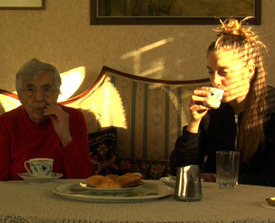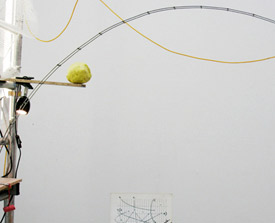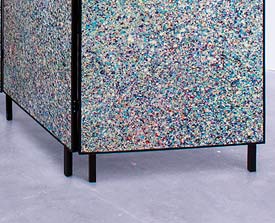Konstfack Degree Exhibition 2015 / Vårutställning 2015
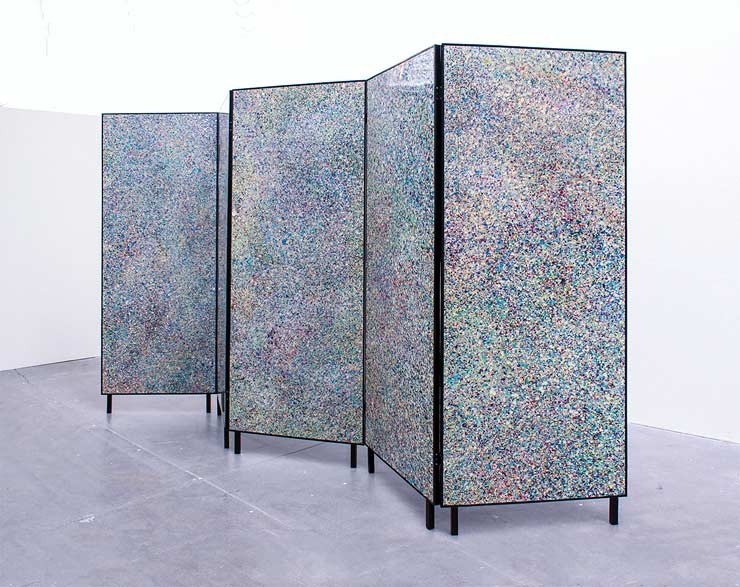



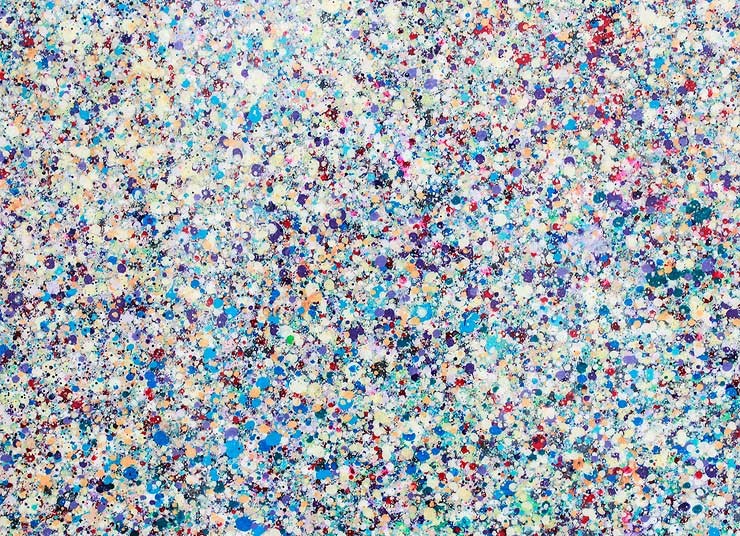
The folding screen is initially a Chinese invention that was cultural appropriated by the West during the imperial colonial time due to its exotic features and “oriental style”. Meanwhile today you can walk down the fake Champs-Élysées in Hangzhou or live in a Nouveau Baroque home in a suburb outside of Shanghai. Maybe we are entering a time of the hybrid and crossover cultures in this day and age of globalization and economical shift from East to West?
“Tradition” and “modern”, that which also constitutes the tracing of the roots of culture and history, actually draws upon and transforms each other, despite appearing to contradict at two extremes. When an exploration and examination of the conflict between “tradition” and “modern” is undertaken by those from outside its boundaries, viewing the past is no longer limited by the confines of a linear timeline.
At the point in time where “modern” ages into the past, “tradition” reinvents its previous form to be reborn. However, being now seen from the context of the past, to study the possibilities of the historic condition is giving modern life to the “tradition”. Karl Patric Näsman and Jiang Weitao bridge the timeline through the language of their fine art technique to try to find a balance in the memory of the past and the potential of the future. By combining new modern mediums and traditional eastern craftsmanship and, conversely, traditional media and contemporary materials, borders are blurred and expanded in the form of art creation.
Colin Xu, curator based in Shanghai, China



